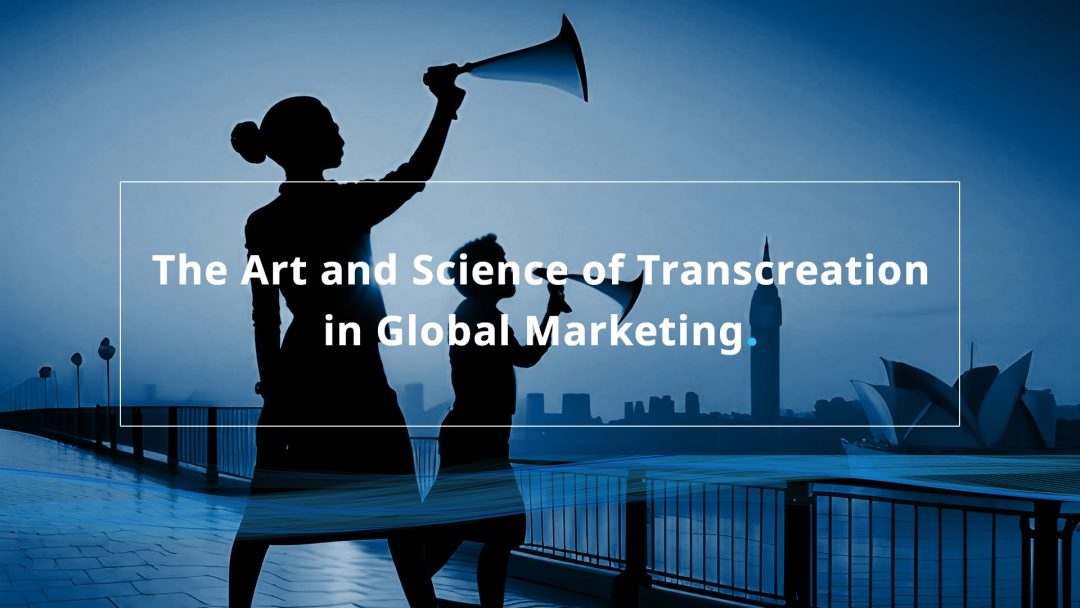
Marketing is the art of communicating a product or service’s value proposition. When we factor in the globalized nature of modern business, the canvas on which we paint our marketing masterpieces expands dramatically. National borders do not bind this canvas; it’s a complex tapestry of cultures, languages, and traditions.
One of the most critical ingredients in the global marketing mix is transcreation, a strategic approach to translation. Transcreation is an art and a science that ensures marketing messages retain their emotional ‘hit’ across languages and cultures.
The Science of Transcreation: More Than Words
At its core, transcreation is about maintaining the DNA of your marketing message as you migrate to new linguistic environments. When a company’s branding and messaging are consistent across multiple markets, it builds a unified, powerful brand identity that resonates globally. However, achieving this is more complex than running your original marketing copy through a translation program.
Understanding Intent and Context
The transcreation process involves understanding the literal meaning of the words and the intent behind them. Companies must ask, “What do we want to achieve with this campaign?” and “How will our message be perceived?” The nuances of each market — from cultural mores to consumer behaviors — must accounted for.
This intent-driven approach helps preserve the spirit of the message rather than its direct translation, which might not encapsulate the original ‘vibe.’ It’s an approach often critical in global advertising campaigns, where slogans or catchphrases that resonate in one language can lose all power in translation.

Market Nuances and Sensibilities
Markets differ significantly, and what works in one country can fall flat (or worse, offend) in another. Even the slightest change in wording can dramatically alter a message’s impact. A successful transcreation will integrate local idioms, cultural references, colors, and imagery with specific connotations in the target market.
To succeed, companies need partners who are not only adept at translating language but are also deeply familiar with the cultural undercurrents of the market. Without this expertise, marketing messages can miss the mark, undermining the whole campaign and potentially damaging the brand’s global reputation.

Content Adaptation
Content adaptation in transcreation goes beyond mere translation to ensure that marketing and communication materials resonate deeply with the target audience. This process may involve a comprehensive overhaul of the original message to better suit the local market’s tastes, sensitivities, and consumption habits. For instance, humor, idioms, and cultural references that work well in one region might fall flat or offend in another, necessitating creative reimagining to maintain the campaign’s effectiveness.
Similarly, visual elements such as colors, imagery, and design may require adjustments to align with cultural symbols and preferences, ensuring the new audience understands, appreciates, and embraces the content.
Furthermore, legal and regulatory considerations play a crucial role in content adaptation. Countries have varying laws regarding advertising, privacy, and consumer protection, which can significantly impact how a product is presented or promoted. For example, a health-related product advertised freely in one country may face strict regulations in another, requiring changes to the messaging and the advertising medium.
This meticulous attention to detail in adapting content not only safeguards against potential legal issues but also demonstrates respect for the local culture and regulatory environment, ultimately contributing to the success of the transcreated campaign in achieving its marketing objectives.
Read the entire article on our parent company website.
